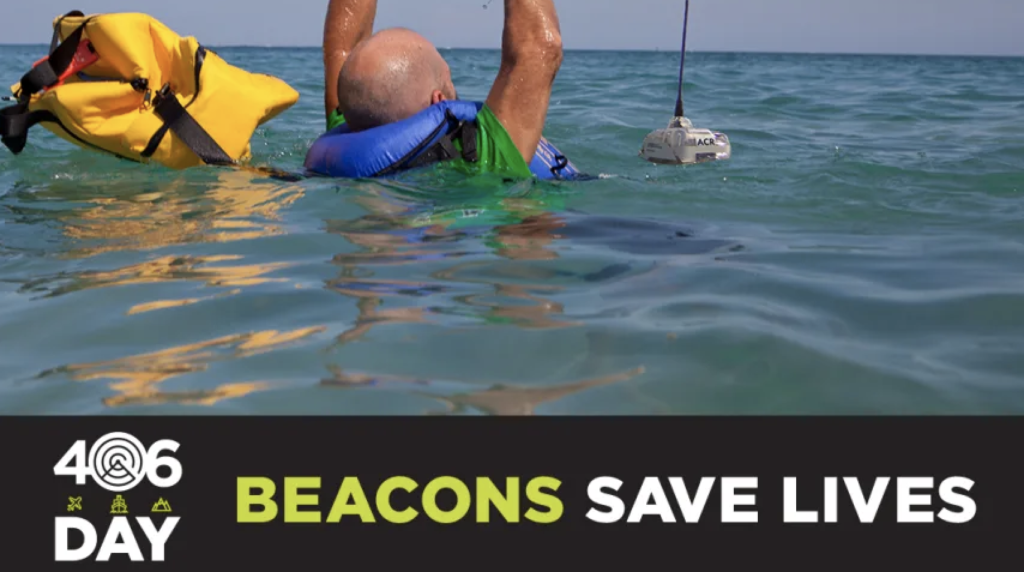
April 6th is 406 Day. Are you familiar with this day and what it means? 406 Day raises awareness about the effectiveness of 406 MHZ rescue beacons. These beacons use a 406 MHz frequency to connect to various NOAA satellites in order to alert a ground station when a vessel or individual is in distress and needs assistance. They also keep tabs on where the vessel or individual is located.
What’s the difference between an EPIRB and a PLB?
An EPIRB is an Emergency Position Indicating Radio Beacon. This device is registered to a boat. On the other hand, a PLB is a Personal Locator Beacon. This is registered to an individual. They’re smaller and less expensive than an EPIRB, and they can be taken anywhere as long as the sky is visible to summon help. An EPIRB works best while floating in the water, while a PLB should be kept dry. EPIRBs send alerts for a minimum of 48 hours, and PLBs send alerts for 24 hours.
How do you register your 406 MHz device?
After you buy a 406 MHz device, you need to register in on the NOAA website. Simply create a user account with the NOAA Beacon Registration website. This is free and takes just a few minutes. The website has many features, including a trip planner that you can use to input specific trip dates, your planned route, vessel type and color, and additional passengers and any prevalent medical conditions. If you happen to activate your device in an emergency, first responders access the registration database to find out more information about the person or vessel connected to the device.
How do you test your 406 MHz device to make sure it’s working?
Test drives are important to make sure your device is functioning properly. On ACR units like the ResQLink View, a “T” button activates the test and strobe lights flash to let the owner know the unit is working, has enough battery power, and that the GPS can acquire a satellite connection.
